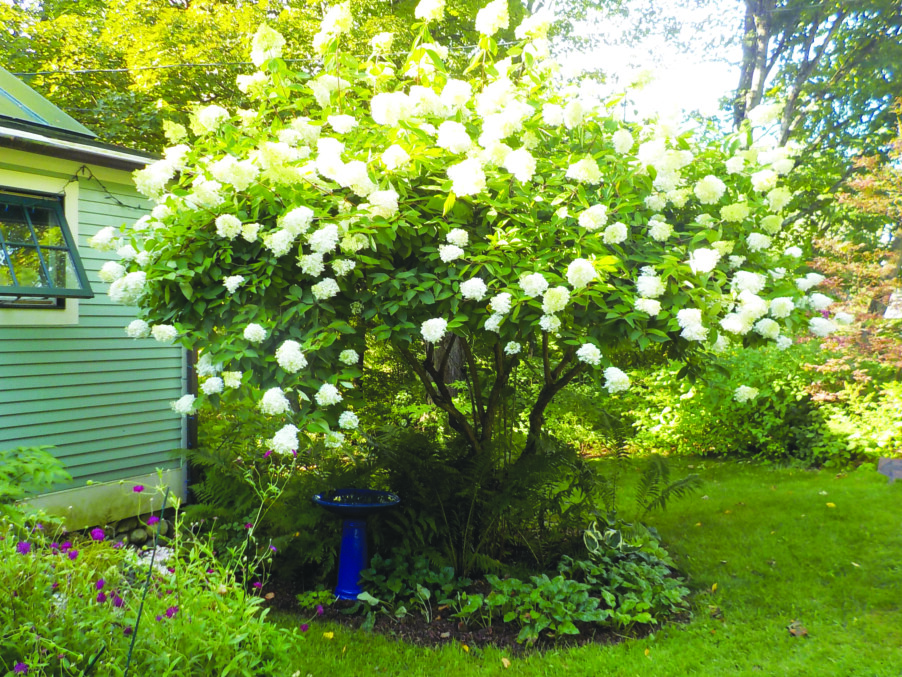Humane Society’s annual festival returns
On Saturday, Sept. 16, humans and canines alike will gather by the thousands at Anheuser-Busch in Merrimack for the largest pet dog event in New England, the Humane Society for Greater Nashua’s annual Wags to Whiskers Festival. The money raised will support the animals at the shelter.
“[It’s] one of the largest community events that the shelter hosts,” said Olivia Echteler, the director of community engagement at the shelter. “Basically it’s just an afternoon of dog-friendly family fun. People of all ages would benefit from this event. There’s plenty to do.”
Of all the activities at the festival, including raffles, games, vendors, demonstrations and food from stands and trucks such as The Traveling Foodie food truck and Ben & Jerry’s, the most popular, according to Echteler, is the adoption tent.
“When [people] find out that we have the adoption tent, that’s the first thing they want to go to when they arrive at the festival,” she said. “We typically have a line forming at that tent right as we open up the festival.”
The Humane Society for Greater Nashua works with transport companies from Arkansas and other southern states that bring puppies of various breeds up from overcrowded shelters, Echteler said. Prior to the festival, the staff spends time with the puppies and performs medical and behavioral exams.
“We want to make sure, of course, the dogs are ready to be adopted out and that they’re healthy and that emotionally they’re all set to go with their new families,” she said.
Last year, all of the puppies, around 20, were adopted. About the same number is expected this year. Two tents will be set up, one where the puppies will be, and another where people can go to fill out applications. If they are a good fit, they can get their picture taken with their new addition and take them home that same day.
In addition to the adoption tent, the Merrimack police department will bring their dog, Drei, who will demonstrate commands, and the Granite State Disc Dogs will return to show off their tricks. Attending dogs can join in the fun too and try out the lure course provided by Good Mojo Dog Manor, who is one of the vendors this year. Others include Paws and Spas Boutique, Gunther’s Goodies, Point and Shoot Photography and Stitch N Stick Boutique. There will also be a raffle where you could win a gift basket filled with dog toys, beds and food dishes, a wine basket or a Yankee Candle holiday basket. Multiple organizations have donated gift cards, like Pet Supplies Plus in Nashua, Starbucks and Bahama Breeze, that you could win as well.
“We’re also planning on doing … something to honor our alumni,” Echteler said. “We have a lot of people come to this event with dogs that they’ve adopted from our shelter in the past, and we usually either have an alumni bandana, a badge or a little name tag that indicates that that dog was a previous Humane Society pup. We get a lot of people who will send us updates on their alumni and usually we will post those up on our social media pages, but it’s just nice to of course meet those previous adopters in person again and see how their dogs are doing.”
Wags to Whiskers Festival
When: Saturday, Sept. 16, 11 a.m. to 3 p.m.
Where: Anheuser-Busch, 221 Daniel Webster Hwy., Merrimack
Cost: $15 for adults 21 and older (includes one free beer), $12 for ages 17 through 20, free for those 16 and under. Purchase tickets at hsfn.org.





